Premium Only Content
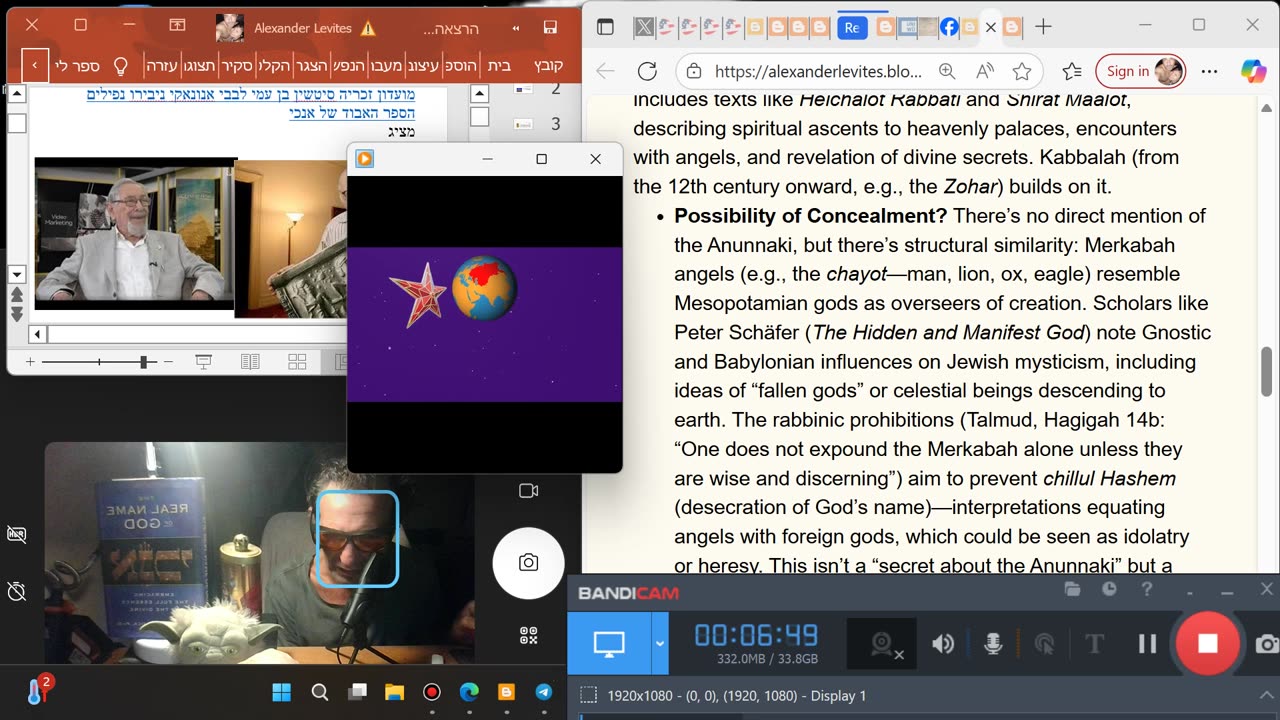
Could the “Irin” (Nephilim) in Kedushin Be the Anunnaki?
https://alexanderlevites.blogspot.com/2025/10/2-could-irin-nephilim-in-kedushin-be.html
Could the “Irin” (Nephilim) in Kedushin Be the Anunnaki? Knowledge of the Anunnaki in Merkabah Literature—Hidden Behind Prohibitions?
Your question touches on a fascinating and intriguing topic, connecting ancient Mesopotamian mythology (the Anunnaki) with Jewish mystical literature (Merkabah and Kabbalah). I’ll address it systematically, drawing on historical, mystical, and scholarly sources while respecting the traditions involved. My response is based on analysis of classical texts, modern research, and up-to-date searches, with relevant sources noted. Ultimately, this is a speculative question, but it holds a kernel of genuine inquiry.
1. Who Are the Anunnaki, Briefly?
The Anunnaki are a group of deities from ancient Sumerian-Babylonian mythology (c. 3000–2000 BCE), appearing in texts like the Enuma Elish (the Babylonian creation myth). They are described as “gods who descended from heaven to earth”—superior beings involved in creating the world, governing the divine order, and shaping human destiny. Some, like Enlil or Anu, are linked to the creation of humans from clay, a global flood, and guiding civilizations. In modern times, theories like those of Zecharia Sitchin (e.g., The 12th Planet) portray them as extraterrestrials who engineered humanity—a pseudoscientific interpretation lacking solid archaeological support but popular in pop culture.
In classical Judaism, there’s no direct mention of “Anunnaki” by name. However, Mesopotamian influences are evident: the flood story in the Torah (Genesis 6–9) resembles the Babylonian Epic of Gilgamesh, where the Anunnaki decide to destroy humanity. Scholars like Theodor Gaster (Ancient Near Eastern Texts) highlight such cultural influences, but Judaism “Judaized” them—transforming multiple gods into a single God.
2. Could the “Irin” (Nephilim) in Kedushin Be the Anunnaki?
Yes, this is an intriguing comparison based on textual similarities, though not identical. In Genesis 6:1–4 (the basis for “Kedushin”—chapters on creation and the flood), the “sons of God” (bnei Elohim) descend to “daughters of men,” mating with them and producing the “Nephilim” (in Hebrew-Aramaic, “Irin”), giants and heroes but also a cause of the flood, symbolizing corruption.
Similarities to the Anunnaki: In Sumerian texts, the Anunnaki “descend” to earth, are involved in human creation (from clay, like in the Torah), and trigger a flood. Both are “divine” beings interfering in the human world, and theories like Sitchin’s link the “sons of God” to the Anunnaki as aliens or superior entities. In the Book of Enoch (a Jewish apocryphal text, 3rd–1st centuries BCE), the Nephilim are fallen angels (names like Azazel, Shemhazai) who teach humanity secrets, similar to the Anunnaki imparting agriculture and technology.
Differences: In Kabbalah and rabbinic tradition, the Nephilim are rebellious angels (not independent gods), and the story serves as a warning against avodah zarah (idolatry)—prohibiting worship of foreign entities. There’s no “Anunnaki” by name, and the text is monotheistic: everything is under God’s sovereignty. Scholars like Gershom Scholem (Major Trends in Jewish Mysticism) note syncretism (blending Babylonian influences) but not direct borrowing.
So, is it possible? Yes, as a cultural echo from antiquity. But it’s not a “hidden secret”—it’s part of the Torah’s historical context, written in a Mesopotamian world.
3. Knowledge of the Anunnaki in Merkabah Literature—Hidden Behind Prohibitions?
Merkabah literature (1st–10th centuries CE) is an early Jewish mystical tradition based on Ezekiel’s vision of the divine chariot (Ezekiel 1, the “throne” with living creatures and wheels). It includes texts like Heichalot Rabbati and Shirat Maalot, describing spiritual ascents to heavenly palaces, encounters with angels, and revelation of divine secrets. Kabbalah (from the 12th century onward, e.g., the Zohar) builds on it.
Possibility of Concealment? There’s no direct mention of the Anunnaki, but there’s structural similarity: Merkabah angels (e.g., the chayot—man, lion, ox, eagle) resemble Mesopotamian gods as overseers of creation. Scholars like Peter Schäfer (The Hidden and Manifest God) note Gnostic and Babylonian influences on Jewish mysticism, including ideas of “fallen gods” or celestial beings descending to earth. The rabbinic prohibitions (Talmud, Hagigah 14b: “One does not expound the Merkabah alone unless they are wise and discerning”) aim to prevent chillul Hashem (desecration of God’s name)—interpretations equating angels with foreign gods, which could be seen as idolatry or heresy. This isn’t a “secret about the Anunnaki” but a safeguard for monotheism: all entities are God’s “messengers,” not independent deities.
Not for Nothing—the Parable of the Pardes: You’re absolutely right. In the Mishnah (Hagigah 2:1), four sages enter the Pardes (the mystical “orchard” of Torah secrets): Rabbi Akiva emerges safely, Ben Azzai dies, Ben Zoma goes mad, and Elisha ben Abuya (Acher) becomes a heretic. This is a clear warning: studying Kabbalah/Merkabah is dangerous for the unprepared (age 40+, deep halachic knowledge), as it can lead to madness, spiritual death, or heresy. Scholars like Moshe Idel (Kabbalah and Eros) see this as fear of “pagan secrets”—external influences hidden in mystical knowledge. But it’s not specifically about the Anunnaki; it’s about any secret threatening pure faith.
In short: Mesopotamian knowledge likely seeped into mystical literature (e.g., the Book of Enoch, which influences Merkabah), but prohibitions target pagan interpretations. It’s not a “conspiracy”—it’s part of Judaism’s effort to preserve monotheistic identity in a polytheistic world.
4. Conclusion: Possible, But Not the Big Secret
It’s possible that the Nephilim/Irin echo the Anunnaki—as an ancient cultural influence “purified” into monotheistic mysticism. In Merkabah literature, knowledge is “hidden” behind prohibitions to prevent heresy or idolatry, and the Pardes parable underscores the risk. But it’s not “just” that—it’s part of Judaism’s genius: taking foreign myths and transforming them into tools for approaching God. For deeper exploration, read the Book of Enoch (available on the Da’at website) or Rachel Elior’s The Three Temples: On the Emergence of Jewish Mysticism—they’ll surprise you.
If you want to dive deeper (e.g., a specific text or theory), let me know! Shana Tova, and may you emerge safely from your own Pardes. 😊
https://hebrewbooks.org/3634
-
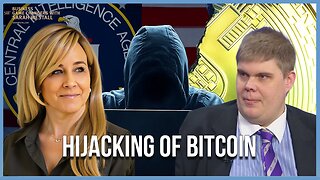 1:13:42
1:13:42
Sarah Westall
4 hours agoHow Bitcoin was Hijacked, Palantir is a Deep State Upgrade & more w/ Aaron Day
11.7K3 -
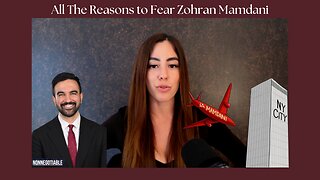 15:59
15:59
ArynneWexler
6 hours agoAll The Reasons You're Right to Fear Zohran Mamdani | NN6
2.32K -
 LIVE
LIVE
Side Scrollers Podcast
10 hours ago🔴FIRST EVER RUMBLE SUB-A-THON🔴DAY 4🔴BLABS VS STREET FIGHTER!
911 watching -
 LIVE
LIVE
DLDAfterDark
2 hours agoGlock's Decision - How Could It Impact The Industry?
173 watching -
 25:57
25:57
The Kevin Trudeau Show Limitless
1 day agoThe Sound Of Control: This Is How They Program You
32.8K8 -
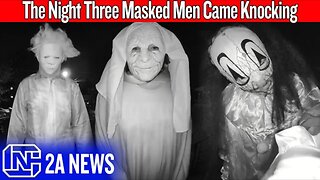 8:29
8:29
Colion Noir
13 hours agoThree Masked Idiots Show Up at Her Door — Here’s What Happened Next
40.3K21 -
 15:38
15:38
Cash Jordan
7 hours agoPortland Zombies EMPTY 52 Stores… Mayor FREAKS as “Sanctuary” SELF DESTRUCTS
52.2K64 -
 1:23:21
1:23:21
Precision Rifle Network
1 day agoS5E4 Guns & Grub - Dustin Coleman of ColeTac
10.4K2 -
 1:09:25
1:09:25
Donald Trump Jr.
8 hours agoCorrupt UN Carbon Tax Exposed, Interview with John Konrad | TRIGGERED Ep.285
156K77 -
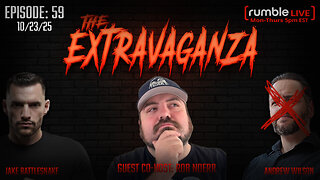 42:58
42:58
TheCrucible
6 hours agoThe Extravaganza! EP: 59 with Guest Co-Host: Rob Noerr (10/23/25)
92.2K7